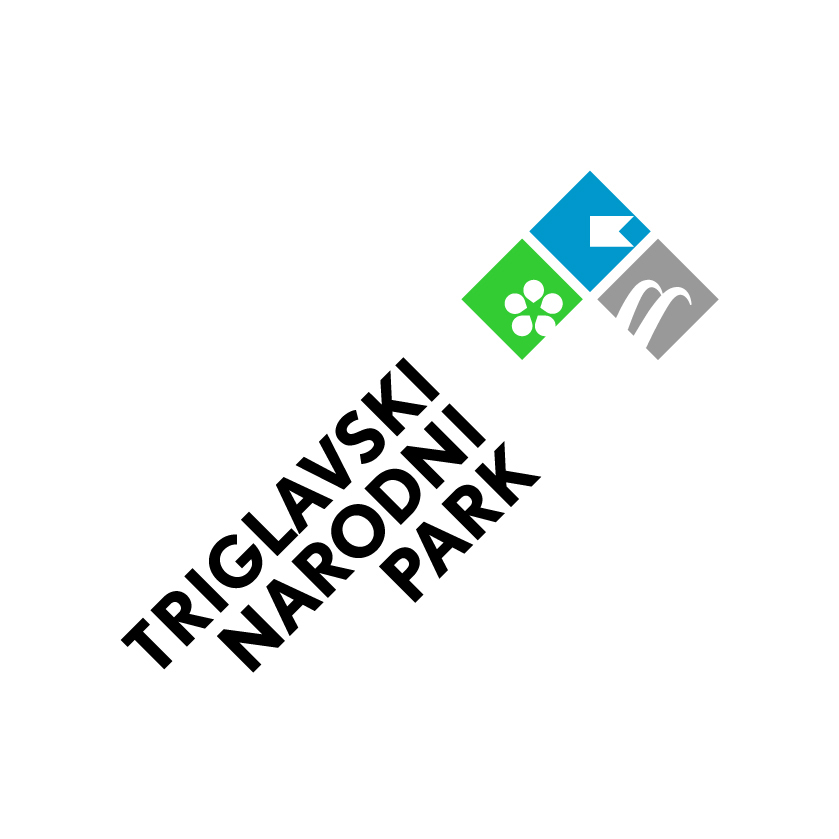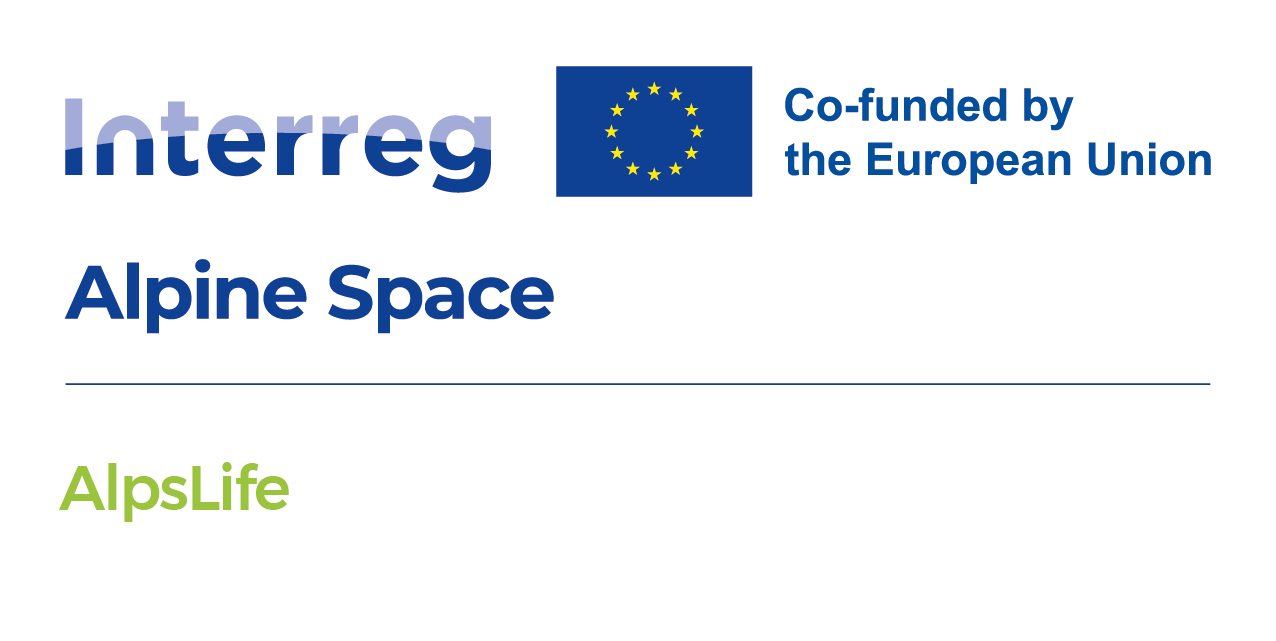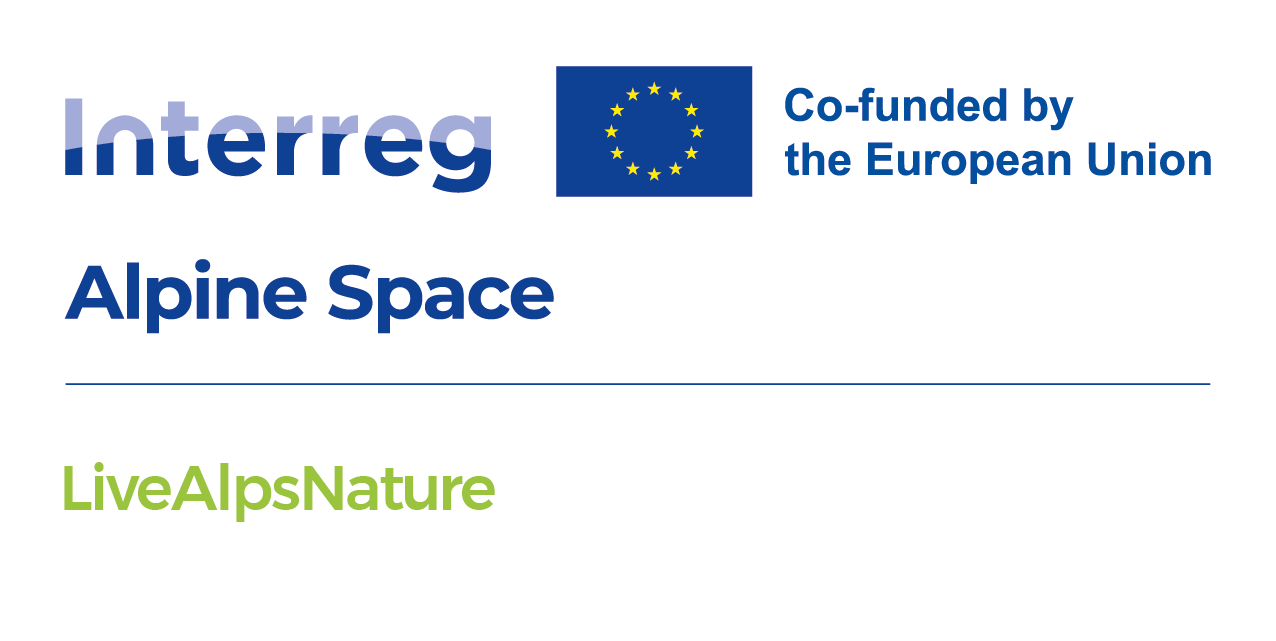
Est. 2007
Goals & Objectives:
Conservation of the cultural landscape as well as the biodiversity.
Regional & Environmental Challenges:
Like every region, we face the challenges of climate change and loss of biodiversity. The issue of the availability of water in limestone mountains could be an interesting topic one day. Natural hazards such as avalanches and mudslides are a current challenge.
Successes:
In 2023, 1,163 species of insects were documented in the Nature Park on just 12 specific sites. We have managed to preserve habitats for the Parnassius apollo. The Weißbach Nature Park is also one of the last areas in Salzburg where the Iphiclides podalirius can be found. In 2022, 60 species of butterflies could be found in the Weißbach Nature Park (at the moment there are 150 species of butterflies listed for the whole of Salzburg).
Learn more about Weißbach Nature Park's initiatives and projects on their website.
What challenges do you see for protected areas in the coming years/decades?
First of all, climate change and the loss of biodiversity. Perhaps also the increasing number of visitors, combined with a lack of knowledge about how to behave in nature.
How important do you think protected areas will be in the coming years?
In relation to the last point, they could play an important role as 'stepping stone biotopes' to link species populations and maintain habitats.
Are you optimistic about future generations' relations with the Alpine environment?
Yes, I think we are seeing a growing interest in nature and the mountains among young people. I believe that because young people are witnessing, for example, the shrinking of the glaciers, awareness of the value of the Alpine environment is quite high.

1924: Creation of the "Alpine Conservation Park" in the valley of the Triglav Lakes
1961: Decree declaring the Triglav Lakes Valley a "Triglav National Park"
Goals & Objectives:
The Triglav National Park's priority objectives are conservation of ecosystems and natural processes, natural assets, diversity of habitats, plant and animal species, landscape quality and landscape diversity. In the settled parts of the national park, the primary focus is to safeguard the cultural heritage and landscape quality, which is the result of long-term harmony between nature and man.
The national park is a model example of successful harmonisation of different interests focused on a common goal: well-preserved nature, landscape and cultural heritage. The values of a national park are a motive and an attractive goal for visitors who respect the exceptional nature and cultural heritage as well as the peace and quiet of the area. Through various forms of sustainable mobility and suitable park infrastructure visitors are directed towards less vulnerable parts of the national park where they are offered a wealth of opportunities for nature experience and relaxation
Regional & environmental challenge(s):
There are 2.400 inhabitants living in TNP. The area of Julian Alps has approximately 4 million overnight stays a year and approximately 1,5 million arrivals. Based on effective visitor monitoring, it is necessary to define a system of visitor guidance in specific areas (preferably in the most visited and most vulnerable areas). Visitor guidance is a broad concept that encompasses a variety of tools - park infrastructure, interpretation, workshops, events, print and digital media - aimed at a single goal: the preservation of nature and the protection of cultural heritage through information, awareness-raising and education in the framework of the activities carried out by the TNP Public Institution and its stakeholders.
Successes:
Within the park, 134 quiet areas have been designated;
The lynx population has been saved from extinction by the LIFE Lynx project;
Within the on-going project called Life for Seeds 5,5 ha high nature value grasslands at the Natura 2000 site of Julian Alps will be restored
Learn more about Triglav National Park's initiatives and projects on their website.
What do you gain from being an ALPARC member?
A lot and this is almost impossible to express in a couple of sentences. The Triglav National Park Public Institution was a co-founder of the Alpine Protected Areas Network - ALPARC - in 1995. For us this is a great honour. It is also crucial because it provides us with an exchange of experiences, opinions and good practices, as all members of the network face similar challenges. Connecting with people who work in other Alpine protected areas enriches us both professionally and personally.
What challenges do you see for protected areas in the coming years/decades?
According to climate change, specially protected areas in the Alpine region will receive increasing numbers of visitors. An important challenge will continue to be visitor management and promotion of sustainable mobility with the aim of protecting nature and enabling local people to live in the protected areas. Communicating and managing specific visitor regimes will also be a particular challenge. All this must be done in line with the slogan of the 100th anniversary of the first protected area on Slovenian territory, the predecessor of the Triglav Park, which is: Protection in existing! The slogan serves as a reminder that the only way to ensure existence of natural (and cultural) assets and their preservation for future generations is through conservation. Today, as ever before, it is important to maintain the balance between conservation, protection and tradition, progress and development, locals and visitors.
What is your advice for those interested in future alpine conservation efforts, or those interested in outdoor alpine activities?
Our advice is: Keep in mind that protection ensures existing. The beautiful nature and cultural landscape have been preserved only because our ancestors protected them. It is crucial that we continue the same way. We are only guests in a protected environment, so we must behave respectfully and adapt our activities to conservation.
Any final words of wisdom?
Slovenia’s only natural park, which proudly covers 840 square kilometres in the heart of the Julian Alps, is much more beautiful through experience than through words, so you are welcome to visit!
ALPARC CENTR’ALPS is looking for a Network Manager for its office in Berchtesgaden (Germany/Bavaria).
For more information visit the dedicated webpage: Vacancies
Deadline for applications: 28th of March 2025 / 2 PM (CET)
ALPARC has created a series of short videos as part of the Be Part of the Mountain initiative, showcasing best practices and key topics related to responsible behavior in the mountains. These engaging videos use dynamic visuals and brief texts to illustrate essential guidelines, such as how to behave around grazing animals or the benefits of using public transport to access mountain areas.
Available in all Alpine languages as well as English, the videos can be used for social media, websites, or educational activities and are accessible to all members of the initiative. Click here to watch all videos (Section 3 - Good Practices).
If you would like to use the videos to raise awareness, you can gain access through this form.
The closing event of the WELCOME project will take place on 27-28 March 2025 at the House of the Mountains in Berchtesgaden!
The event will present and discuss the results of the project's three core themes: an exchange about existing visitor offers of protected areas and their future perspectives, a presentation of emerging trends in Alpine protected area tourism, as well as innovative concepts for new activities, and a reflexion about the limits of visitor growth in natural sensitive areas.
Participation is free of charge and open to all that are interested. Travel and accomodation costs are covered individually by each participant.
We thank the National Park Berchtesgaden for hosting the event!
Click here to find out more about the event and to download the draft agenda.
The project is co-funded by the German Federal Ministry for the Environment, Nature Conservation, Nuclear Safety and Consumer Protection (BMUV).



Est. 2005 (officially labelled since 2012 as a Regional Nature Park)
Goals:
To preserve and enhance cultural and natural landscape; to promote sustainable economic development in the region; and, finally, to promote education for sustainable development and raising awareness for environmental protection
Regional environmental challenge(s):
As Switzerland’s largest regional nature park, Parc Ela comprises a very diverse area geographically, where value creation is to be driven and the exit of young people reduced, while maintaining and protecting the natural treasures. Harmonising the different demands of land use and conservation in a changing world (renewable energy, sustainable mobility, climate change, winter and summer tourism to name but a few) is our big challenge for the present and future.
Successes:
3 oasis for insects built;
4.7 km dry stone walls reconstructed;
8 water bodies established and/or rehabilitated;
about 375 ares of hedges, 1700 ares of moorlands and 10360 ares of pasture landscape and forest area maintained;
more than 16 consultations for insect-friendly gardening
and more than 80 excursions with the childrens’ group “Detectivs” lead through
Learn more about Parc Ela's initiatives and projects on their website.
What do you gain from being an ALPARC member?
We definitely gain an international perspective on transborder challenges we all experience at a local level. We highly appreciate the network and its members who contribute to an active Protected Area community at the Alpine level.
What challenges do you see for protected areas in the coming years/decades?
Among the major threats are to be mentioned climate change, biodiversity loss and growing (summer) tourism which is important on an economic level but needs to be guided wisely.
How important do you think protected areas will be in the coming years?
Protected areas are and will be of crucial importance, as these are the regions where biodiversity can thrive. Moreover, they serve as model regions for sustainable development as they implement concrete projects with a measurable impact on the territory.
What is your advice for those interested in future alpine conservation efforts, or those interested in outdoor alpine activities?
Many things have already been said regarding conservation efforts, unfortunately, people need to experience the detrimental effects biodiversity loss causes before truly believing it and change behavior. Hence, it is crucial to form alliances, join specific projects and cooperate for levelling the topic up and increasing its importance at the political agenda. People interested in outdoor alpine activities shall become acquainted with the area, stick to the routes and follow general recommendations such as those of the campaign Be Part of the Mountain. Moreover, the parc staff and local guides might provide guidance in understanding the interdependence between flora and fauna and provide in-depth insights to the ecosystems which are to be explored.
Any final words of wisdom?
It is important to bravely embrace new paths for challenging the major threats to our living environment.

The AlpsLife project consortium will actively participate in the International Mountain Conference (IMC2025), held in Innsbruck, Austria, from 14 to 18 September 2025.
The conference is currently open for abstract submissions, and the AlpsLife consortium invites interested stakeholders to submit contributions for its focus session: Mountain regions as key biodiversity observatories – challenges and solutions in times of global changes (FS 3.149).
The IMC is the largest conference on mountain research, fostering cross-disciplinary exchange and prioritizing synthesis for a holistic understanding of mountain systems. This session will explore how mountain regions can improve biodiversity monitoring to address global changes, focusing on innovative methods like remote sensing and community-based approaches.
Don’t miss your chance to contribute to this impactful discussion!
To submit an abstract, please connect to the following webpage: IMC25 Submission of Abstracts
Application Deadline: 20 February 2025, 16:00 UTC.
More information about the session: FS 3.149 - Mountain regions as key biodiversity observatories?
For more information about the project: https://www.alpine-space.eu/project/alpslife/
The AlpsLife project is co-funded by the European Union through the Interreg Alpine Space programme, which supports cross-border cooperation projects between seven Alpine countries.

Managing outdoor activities to minimize visitors’ impact on biodiversity: that was the focus of the first pilot site visit of the LiveAlpsNature project (Interreg Alpine Space), hosted by Aree Protette dell’Ossola in Crodo (IT), from February 5th to 7th, 2025.
Director Daniele Piazza and park ranger Radames Bionda presented how wildlife and visitor monitoring serve as the basis for concrete conservation measures. Through field observations, surveys, and spatial analysis, the park established specific quiet zones and regulations, aimed at protecting species particularly sensitive to human presence, such as the black grouse and the rock ptarmigan. Park rangers Marco Rughetti, Dario Gisotti and Luca Martignoni then guided the participants on an excursion across Alpe Devero to Crampiolo. This allowed the group to observe firsthand the park’s actions within both its borders and the nearby Natura 2000 site.
The rangers gave an overview of the main outdoor activities carried out in the protected area and its buffer zone. They explained, for example, how the presence of a small ski lift and the relief conformation particularly suitable for ski mountaineering encourage off-piste descents in areas where these birds build their snow shelters. To avoid human-related disturbance, the park has demarcated winter quiet zones and suggested specific routes for skiers, adopting targeted communication across various media. Practitioners are informed through various media, including open maps and tracks, and panels displaying the park regulations and the behavioural recommendations promoted by the Be Part of the Mountain initiative.
Surrounded by a stunning snow-covered landscape, participants shared experiences from different protected areas and countries, while considering opportunities for future cooperation. Throughout the meeting, ongoing project activities were discussed. Thanks to the partnership's diverse expertise, plenty of valuable input was collected to help shape the next steps of LiveAlpsNature.
It was a pleasure to reconnect, work together, discover the Ossola protected areas and, of course, enjoy Italian cuisine!
For more information about the project: https://www.alpine-space.eu/project/livealpsnature/
The LiveAlpsNature project is co-funded by the European Union through the Interreg Alpine Space programme, which supports cross-border cooperation projects between seven Alpine countries.
© photo: Pietro Merzi / ALPARC
The short report on Digital Management and Monitoring Technologies in Alpine Protected Areas is ready for download in the section below.
The short report on Services by Parks for Visitors, the Population and Local Actors is ready for download in the section below.